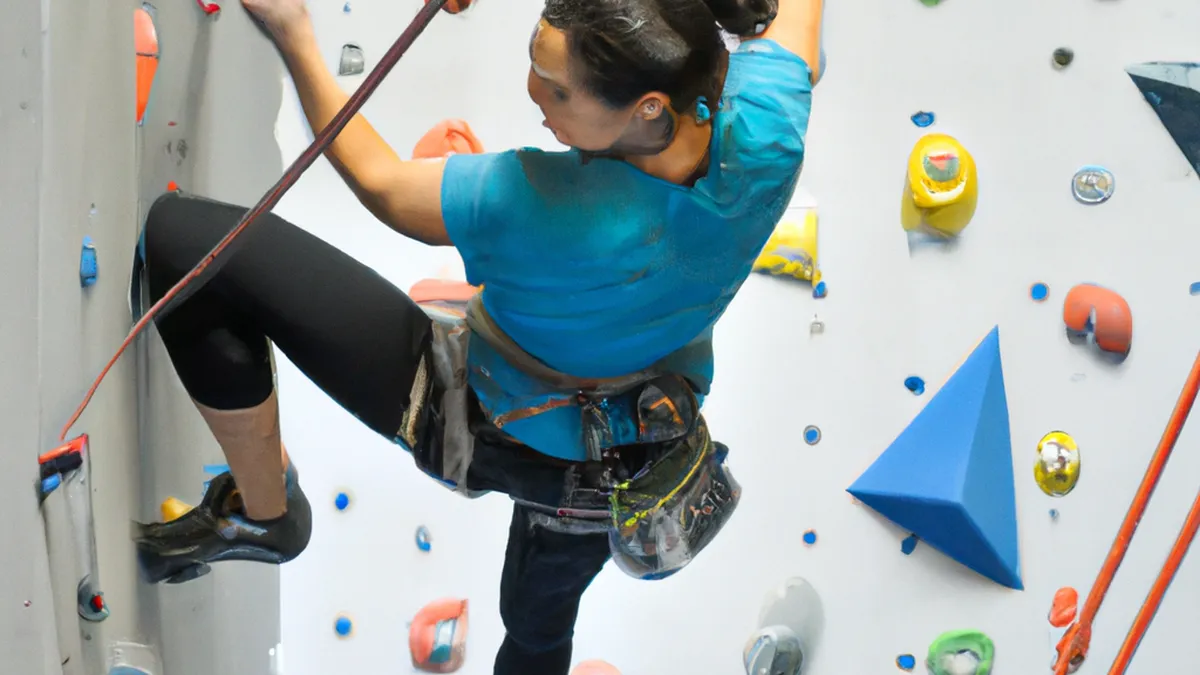Unlock Endurance Secrets for Midfielders (Soccer)
Endurance Training for Midfielders: Unlocking Peak PerformanceMidfielders act as the engine of a soccer team. They connect defense and attack, facilitate ball movement, and support plays. Their role demands covering vast pitch areas with constant movement, including sprinting, jogging, and rapid directional changes. To excel, midfielders must possess exceptional endurance. This blog post shares tips, training methods, and benefits of endurance training for midfielders.
Understanding Endurance for Midfielders
Endurance allows players to sustain prolonged physical activity. In soccer, it breaks into aerobic and anaerobic endurance. **Aerobic endurance** helps maintain energy levels during games. It involves low to moderate-intensity activities over extended periods. Midfielders typically run 10-12 kilometers per match, requiring a strong aerobic base for efficiency.**Anaerobic endurance** supports short bursts of high-intensity activity, like sprints and quick direction changes. This endurance allows midfielders to respond rapidly during critical moments, such as intercepting passes or attacking the goal.Understanding these endurance types forms the basis for an effective training plan for midfielders.
Essential Endurance Training Tips
As an Amazon Associate I earn from qualifying purchases.
Gear tip: consider compression sleeves, compression socks, and percussive massager to support this topic.
Incorporate Interval Training
Interval training improves both aerobic and anaerobic endurance effectively. It alternates high-intensity efforts with recovery periods. For example, sprint for 30 seconds, then jog or walk for 1-2 minutes. Repeat this cycle for 20-30 minutes.This method enhances cardiovascular fitness and mimics a soccer match’s stop-and-start nature. Midfielders should add two interval training sessions to their weekly routine, adjusting intensity and duration as their fitness improves.
Focus on Long-Distance Runs
While interval training is crucial, long-distance runs also build aerobic endurance. Aim for distances of 8-12 kilometers at a moderate pace. Gradually increase your distance each week to enhance fitness and performance.Schedule long-distance runs on lighter training days. This allows for proper recovery and minimizes injury risks from overexertion.
Add Plyometric Exercises
Plyometric exercises enhance explosiveness and speed, vital for midfielders. These movements involve quick, powerful actions that improve muscle power and efficiency. Common plyometric exercises include jump squats, box jumps, and burpees.Incorporate plyometric training into your routine twice a week.
Conclusion
In summary, endurance training significantly benefits midfielders. Focus on interval training, long-distance runs, and plyometrics for optimal performance.
Below are related products based on this post:
FAQ
What is the importance of endurance for midfielders?
Endurance is crucial for midfielders as it allows them to sustain prolonged physical activity throughout a match. This includes maintaining energy levels for both aerobic and anaerobic demands, enabling them to perform effectively during the game.
What types of endurance should midfielders focus on?
Midfielders should focus on both aerobic and anaerobic endurance. Aerobic endurance supports sustained activity at lower intensities, while anaerobic endurance is essential for quick bursts of high-intensity efforts, like sprints and rapid direction changes.
What are some effective training methods for improving endurance?
Effective training methods for improving endurance include interval training, long-distance runs, and plyometric exercises. Incorporating these methods into a training routine can enhance cardiovascular fitness, build aerobic capacity, and improve explosiveness, which are vital for midfield performance.















Post Comment